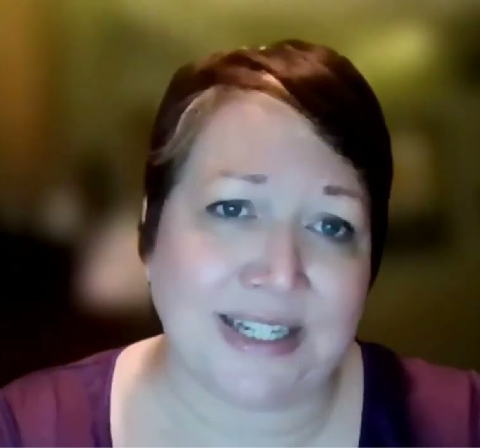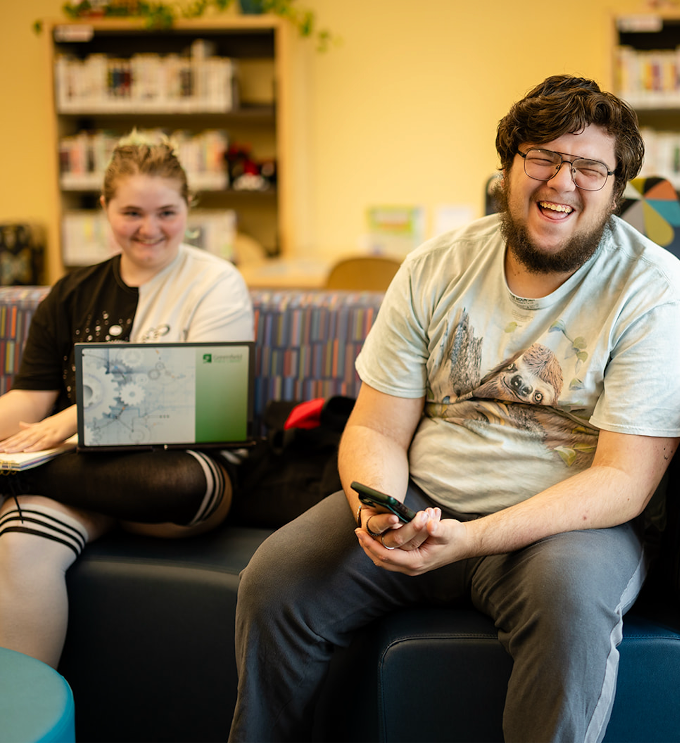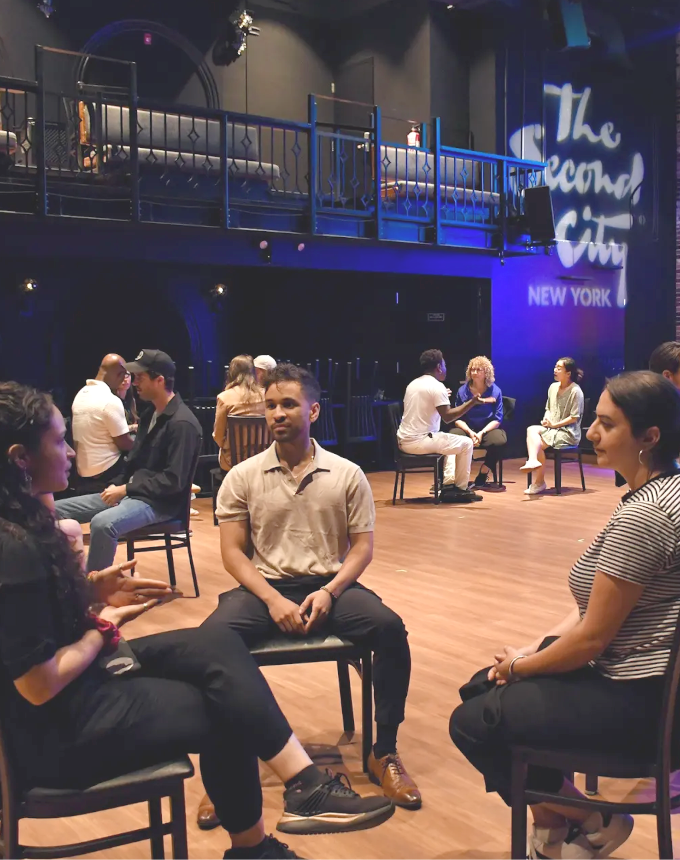November 21, 2025
Learning
"Political violence behaves like other self-organizing natural phenomena—wildfires, earthquakes, or epidemics. "

Peter Turchin’s research shows that societies tend to go through repeating phases of stability followed by crisis, not because of outside shocks, but because of problems built into their own structures. This means that issues like rising inequality, too many people competing for limited leadership roles, and weakening governmental capacity are warning signs that can lead to political conflict and social unrest. Understanding these patterns helps us know that these crises aren’t random but systemic, so we can better prepare and work to fix the root causes.
Complexity science examines how the interacting parts of a system shape the whole in ways that can’t be understood by studying each component in isolation. Since its emergence in the mid-twentieth century, it has been used to understand systems as different as economies, social networks, climate dynamics, supply chains, and public health.
Until recently, the field primarily explained the behavior of physical and biological systems. Today, however, complexity science is transforming how we study and anticipate the future. Noting that it is outsiders who often challenge prevailing assumptions, this article introduces Peter Turchin, a complexity scientist trained as a theoretical biologist who worked in ecology, evolutionary biology, and anthropology before shifting his focus to mathematics.
Turchin applies mathematical modeling and data science to the study of historical societies and social processes. He treats history as big data, systematically encoding historical events to uncover patterns and the deeper forces that drive social change.
Using this approach, he predicted as early as 2010 that the United States was heading toward rising polarization and episodes of political violence—a forecast that proved strikingly accurate by 2020.
Futures thinking has long relied on descriptive and narrative methods—scenario planning, expert judgment, and story-based forecasting—to explore possible futures. Complexity science is reshaping this work by adding more scientific, data-driven, and computational approaches.
This piece offers a clear overview of how scientific rigor and computational modeling are improving our foresight.
ARTICLE: History as Science: How Complexity Thinking Is Transforming Foresight



